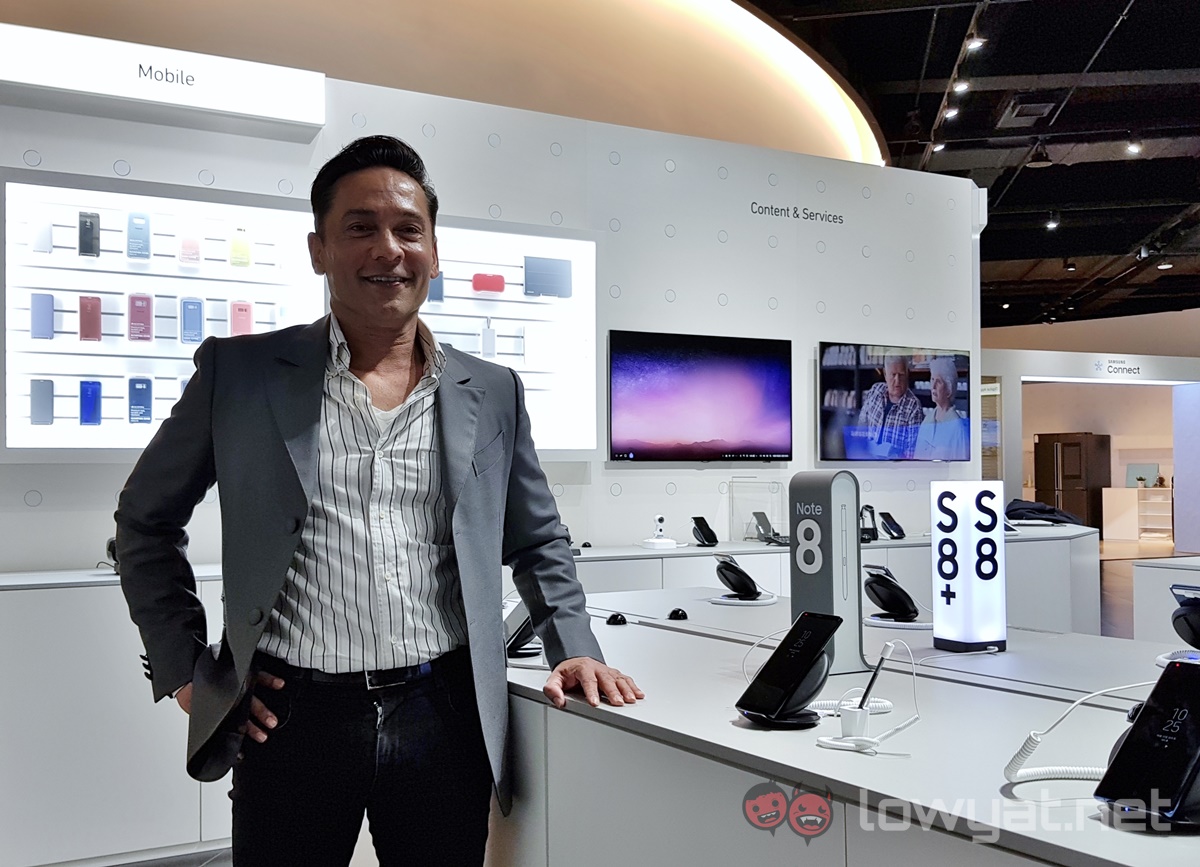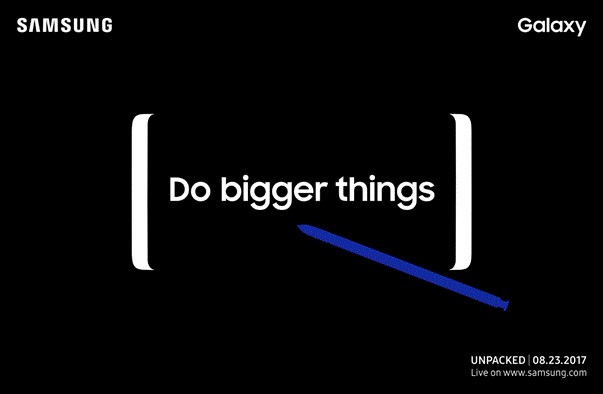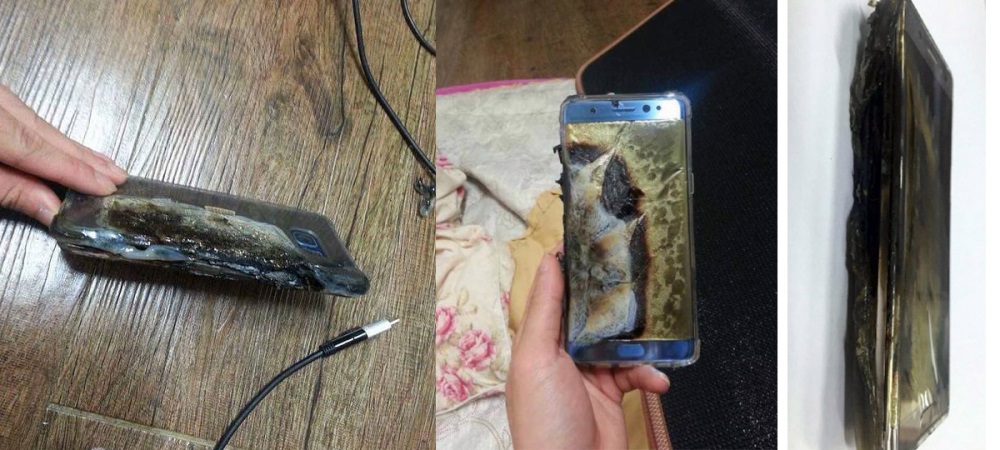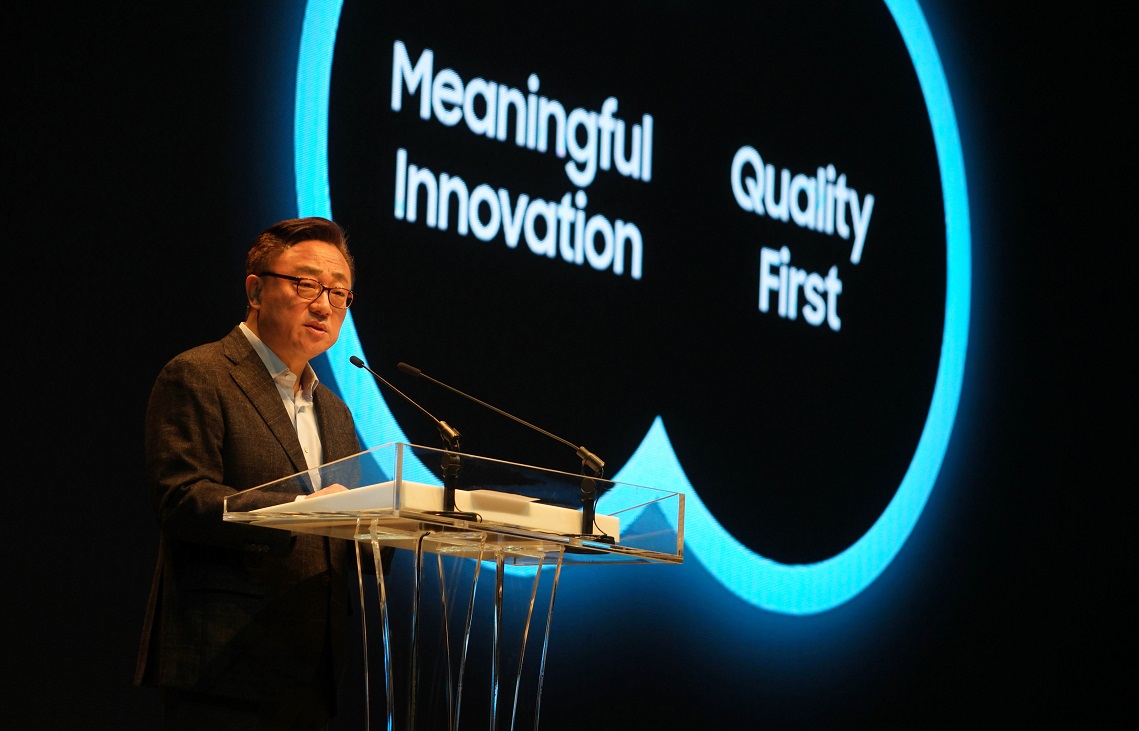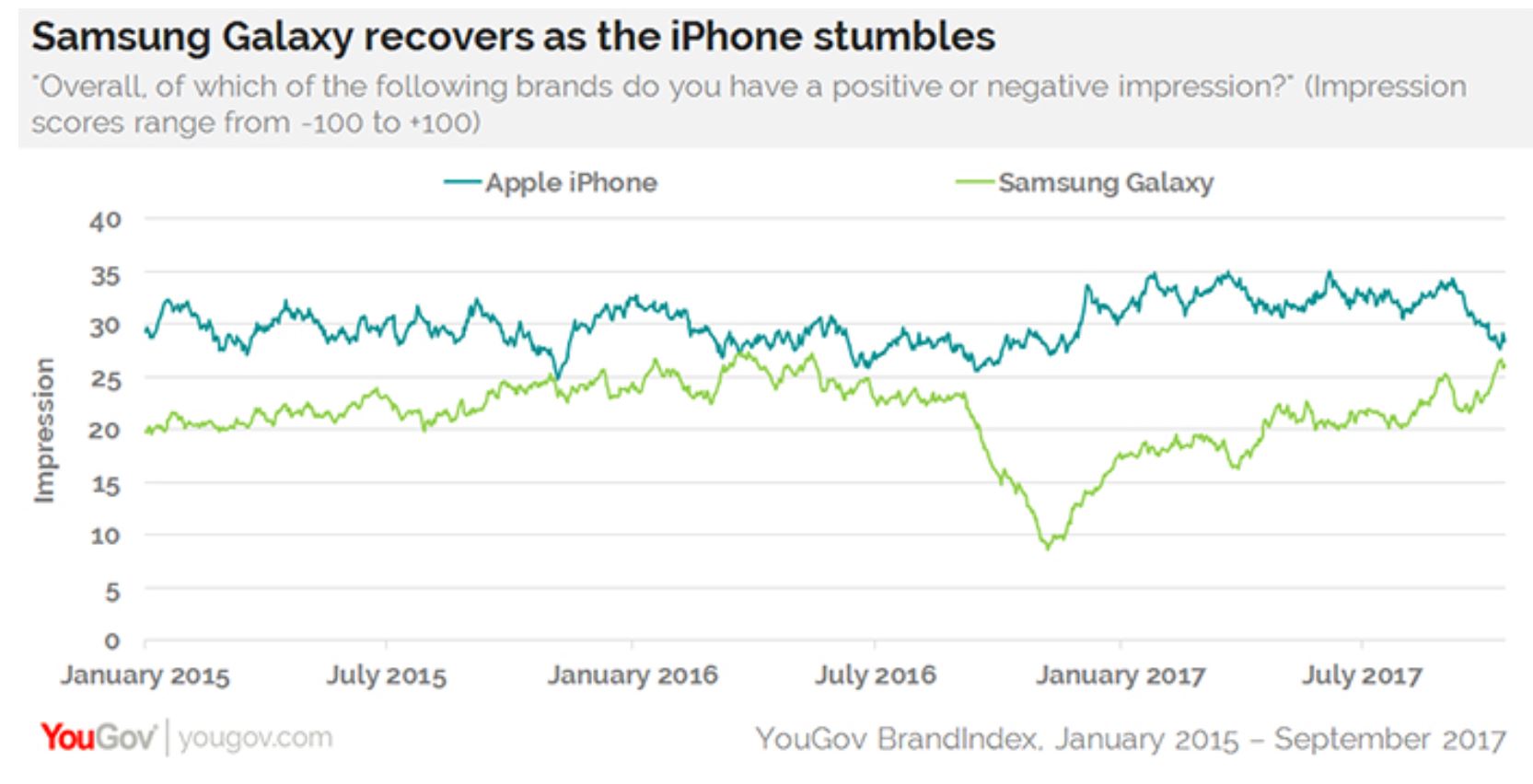“It takes 20 years to build a reputation and five minutes to ruin it.”
Warren Buffet’s timelines don’t quite apply, but the context certainly rings true when one talks about the last three years at Samsung’s mobile division. Having grown into a formidable maker of excellent smartphones, the company stumbled upon the very sword that slayed its rivals.
As the smartphone era accelerated upon us in the last decade, Samsung was constantly at the forefront in its pursuit to be the number one smartphone maker. It focused on offering powerful hardware and cramming as many features as it can into its flagship phones – before eventually having consumers grow tired of Samsung’s “kitchen sink” approach.
Thankfully, the South Korean company began a shift in direction starting with 2014’s Galaxy Alpha. The phone was stunning in its simplicity, focusing on design and aesthetics above gimmicky features. But most importantly, Samsung also began talking about its products differently
Humanising a technology brand
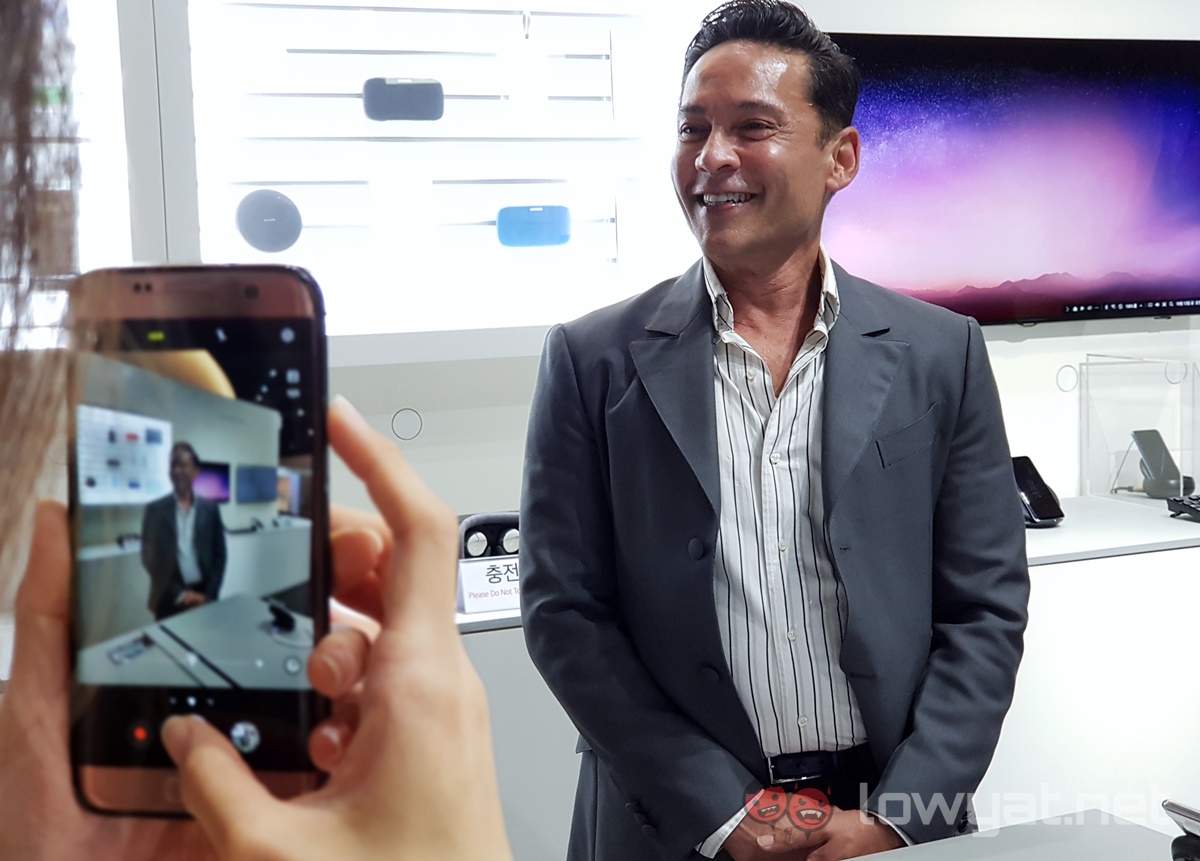 Pio Schunker, SVP, Head of Global Brand Marketing, Samsung Mobile
Pio Schunker, SVP, Head of Global Brand Marketing, Samsung Mobile
With such a strong engineering DNA, Samsung knew it needed a different set of hands to evolve the way it spoke to its customers. Today’s consumers care less about hardware and more about what it actually means to improve their daily lives. They also like a brand whose vision aligns with theirs, which, it must be said, is more than a “milennial thing”.
That’s why Samsung’s recruitment of former Coca-Cola marketing executive, Pio Schunker, in early 2015 was a shrewd one. He was tasked with a three-year plan to transform what people perceive to be an engineering company into an iconic and trusted brand. As Senior Vice President, Global Head of Brand Marketing at Samsung Mobile, Schunker is responsible for how each new flagship mobile device is articulated, and his vision was clear: to gradually focus less on specs and more on creating innovation that people truly need.
The Galaxy S7 and S7 edge – the first flagship smartphones under his reign – was a huge moment for Samsung’s shift in branding. The smartphones’ features were presented in advertisements within common real-life scenarios and how, naturally, the phones improve them. A classic example is the demonstration of the phones’ IP68 rating for dust and water resistance in the ad shown below; rather than explain what IP68 means, Samsung infuses a budding romance story to pull viewers in.

The approach was subtle, but the message was clear. Schunker revealed that the ad above was actually made for the SEA market, but struck such a positive note that the commercial was eventually aired in several markets in the West. The strategy of storytelling has continued since, moving away from “geeky tech” to something more lifestyle-based.
https://www.youtube.com/watch?v=vWXIDwHTg-8
https://www.youtube.com/watch?v=YmLyKtuhKsc
Aside from that, Schunker is also responsible for the visual identity of Samsung’s mobile division. It is streamlined on all fronts across the globe, with the use of a common font for texts, and a three-colour visual approach: black, white, and blue.
The results were astounding. The Galaxy S7 series recorded a 132% increase in sales compared to the Galaxy S6 series, and brand confidence was at an all-time high. For many customers, the new iPhone was no longer the default choice for a premium smartphone anymore.
All was going great for Samsung, riding on a momentum that in due time would surely cement its brand as an innovative company that resonates well with its consumers. The next flagship, a new Galaxy Note smartphone – a whole new smartphone series pioneered by Samsung – would further enhance that reputation.
And then disaster struck.
Fire from the ashes
In its pursuit of the bleeding edge of technology, Samsung’s Galaxy Note 7 smartphone crumbled under pressure. What began as a series of isolated cases of the premium phablet spontaneously combusting rapidly turned into a crisis of unprecedented levels: something was clearly not right with Samsung’s new flagship phone.
Schunker and his team had some massive undertaking ahead of them. As Samsung struggled to find the cause of the problem with the Note 7, Schunker needed to devise a branding strategy with which the brand can recover from this monumental crisis. Fail, and the company’s entire mobile business could go under.
Early on, the team agreed that the scale of this issue meant there was no way Samsung should brush this under the carpet. Samsung must appear to be responsible, and take proactive steps to ensure something like this never happens again. As the company finally concluded its investigations, Schunker’s team also began laying the groundwork.
The first step in the brand recovery was making the unusual move of calling a press conference to reveal the results of the investigation. Samsung’s mobile head, DJ Koh, explained in depth the root cause of the issue: the high-density batteries provided by one of its suppliers had a design flaw that could cause spontaneous combustion within the device.
This move was crucial for Samsung, but more so for the brand, as it owned up to its missteps. Revealing the extraordinary measures taken to identify the cause was another step in rebuilding consumers’ shattered confidence. Samsung deployed 700 researchers who stress-tested 200,000 Note 7 phones, 30,000 Note 7 batteries, and enlisted a third-party audit of the investigation for full transparency.
https://www.youtube.com/watch?v=6s4uqr1serU
The next step was just as important: communicating Samsung’s plans to ensure this would never happen again on the same scale as the Note 7. DJ Koh would provide details of a new 8-point battery check program for all Samsung phones, and that this program is more stringent than industry standards – an important note of Samsung’s commitment.
With the press conference and battery check program announced, Schunker’s team moved swiftly into the next phase. From rebuilding brand trust, the marketing train took off to its next stop: brand love.
https://www.youtube.com/watch?v=D8Ert5yjMV4
https://www.youtube.com/watch?v=P4u6BZAkjqM
The success of the company’s pre-Note 7 branding exercises was a good indicator that the company was in the right path. The Galaxy S8 series saw Schunker’s team taking advantage of the stunning new Infinity Display as a driver of the seemingly limitless possibilities the phones offer to users. It also ties in nicely with the company’s new brand motto, “Do what you can’t.”
But it was the introduction of the next Galaxy Note that all eyes were trained at. This time around, Samsung did not beat around the bush. At the phone’s launch, the company started with a two-minute “Thank You Note” tribute to fans of the Note series. Again, the montage hit the right notes, portraying humility and ownership of the company’s mistake. Only then did the company proceed to show off the Note 8.
https://www.youtube.com/watch?v=CehSgE38lOI
https://www.youtube.com/watch?v=RKYjdTiMkXM
Once again, the company’s “do what you can’t” motto was on full display with the Note 8; since it was a Note, the company focused on features unique to the S Pen, as well as the new dual-camera feature – a first on a Samsung flagship.
Turning Weakness Into Strength
Today, the Galaxy Note 7 tragedy is rarely spoken of beyond the occasional explosion joke. It is a great indicator of the public’s trust in the brand – a remarkable turnaround considering what was at stake. In essence, Samsung’s branding team turned a full-fledged crisis into an opportunity.
The table above shows just how well that move has paid off for Samsung. In just over a year, Samsung managed not just to recover from the Note 7 crisis, but to actually improve its impression score from its pre-Note 7 days.
However, Schunker’s work is not yet done. The three-year journey to humanise the tech brand may be reaching an end, but it is also a fascinating opportunity to…do bigger things.
Follow us on Instagram, Facebook, Twitter or Telegram for more updates and breaking news.


